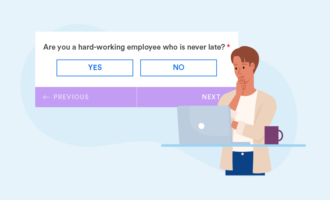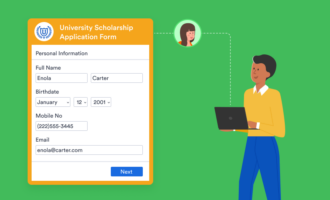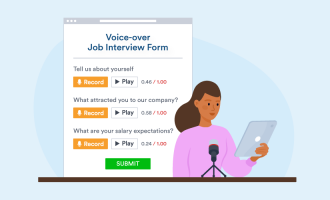If you’re a researcher who regularly collects data, you know how important it is to obtain the correct sample size and type for your studies. When performing market research for your industry or company, you may choose to use a variety of sampling types and different methods to enlist research participants.
Among these options, river sampling is a market research methodology that allows researchers to collect efficient, accurate data from members of a large population.
Will river sampling yield the most helpful results for your research? To answer that question, you’ll need to examine two basic types of river sampling. This article can help; it covers the basics of river sampling and some of its inherent pros and cons.
What is river sampling?
Sophia Jones, investment analyst at PiggyBank, defines river sampling as “a method of market research that allows you to quickly and easily gather data from a large number of people without having to interview each one of them individually.”
Researchers often deploy river sampling online to gather data quickly from survey participants. When using it, researchers will invite web users to participate in a survey on various websites or (less commonly) social media. In a process that leverages the web’s wide reach and efficiency, willing participants click the researchers’ link and contribute data right away.
Types of river sampling
There are two main types of river sampling: stratified and convenience.
Stratified river sampling, according to Jones, divides survey participants into subgroups and then selects a random sample from each group. This is especially helpful when you’ve noted significant demographic variations among individuals within a large population, such as a wide age range or income disparities.
With stratified river sampling, you can control for these types of variations and study any given population subgroup in detail simply by investigating a sample drawn from that group and comparing it with results from other groups.
Alternatively, convenience river sampling (also known as convenience interviewing or convenience polling) offers a broader data collection process. To use this method, says Jones, you approach and interview participants who are convenient for you to interview rather than selecting interviewees from the population being studied.
For example, you might place a display ad or banner on websites related to the subject of your survey. This is a cost-effective way to gather data from web users already interested in your industry or area of research — while they’re conveniently browsing websites in your interest area.
How can river sampling be applied in research?
As an investment analyst, Jones uses river sampling in market research for investment and finance. She incorporates various sampling methods into general market research and provides the collected data to stockbrokers, fund managers, and traders.
For Jones, river sampling provides a flexible, efficient way to source the valuable data she gives to her clients, which assists them in making informed investment decisions.
What are the pros and cons of river sampling?
Since river sampling is a fast and easy-to-use method of conducting research, it’s valuable for researchers who don’t have much time or money to invest in their study, says Jones. It can also be useful in reaching a wide range of demographics.
The biggest con of river sampling is the difficulty of finding a representative sample for any given subgroup or convenience group. For instance, if you’re researching a large population, you might find it difficult — or worse, less accurate — to use the views of only a few hundred people to represent those of a much larger group.
However, despite the possible disadvantages, a wide variety of industries commonly use river sampling in market research. With river sampling, it’s easy to customize your questions to make them relevant for each group surveyed. And since river sampling relies on data sources who are reachable online, it’s convenient for brands and researchers who lack the resources for more traditional market research methods like focus groups or interviews.































Send Comment: